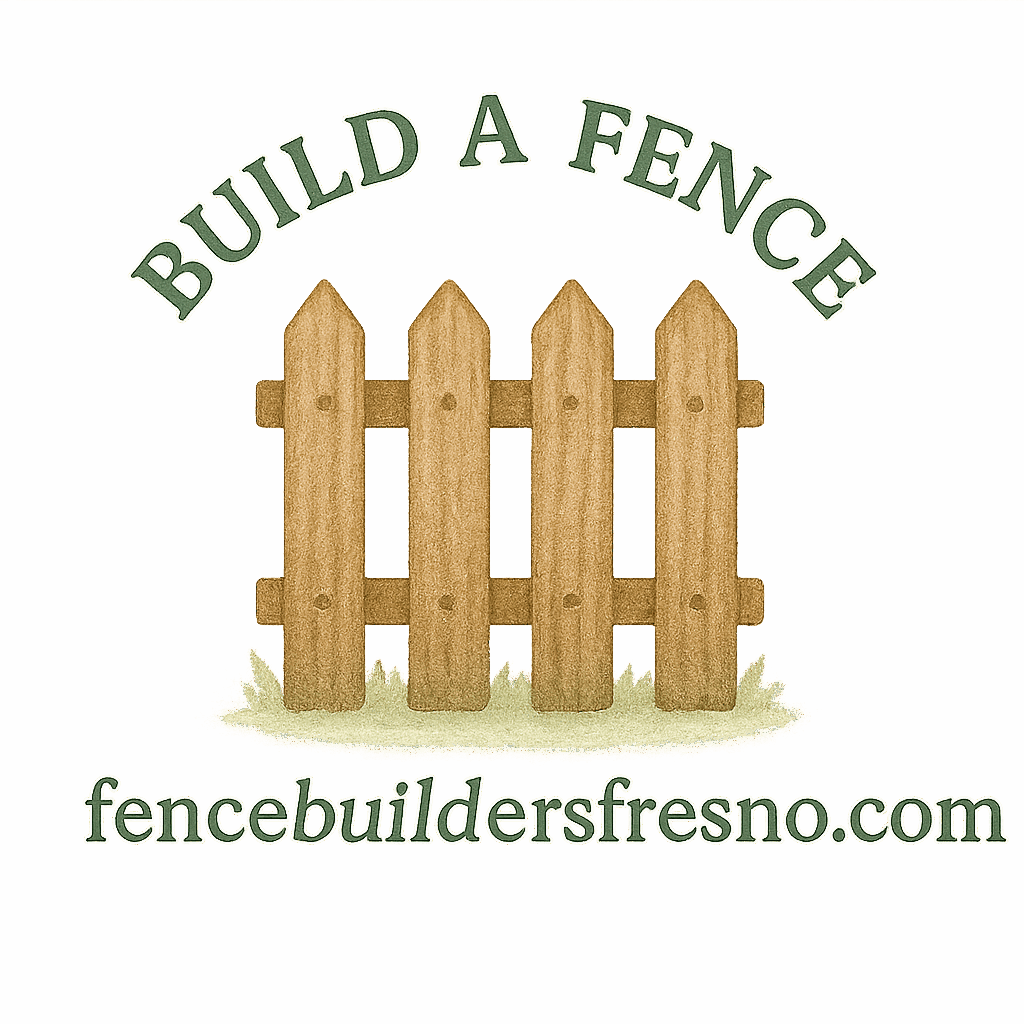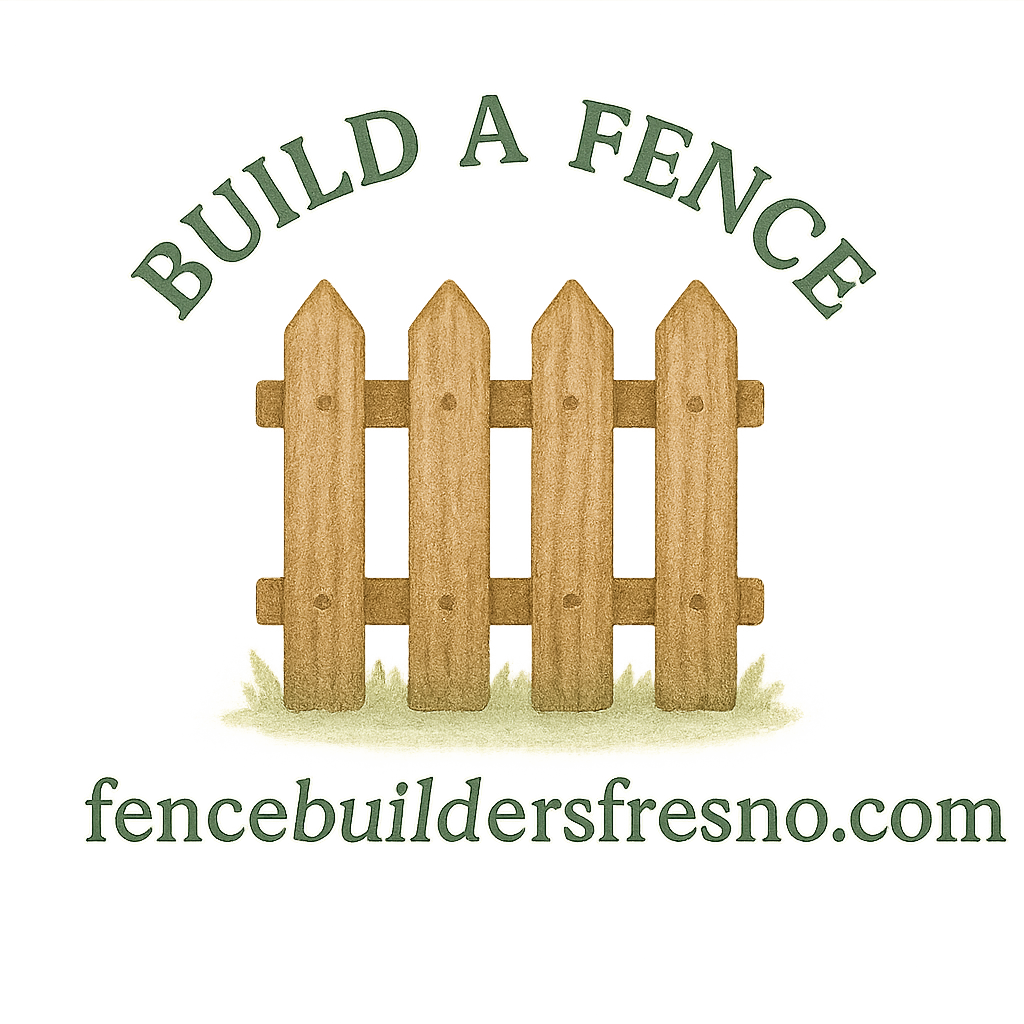Introduction: Why Financing Matters in DIY Fencing Planning
When you’re knee-deep in DIY fencing planning, it’s tempting to focus only on style, height, and materials. But here’s the catch: even a simple fence project can get expensive fast. Whether you’re dreaming about a decorative picket fence for your front yard or a durable vinyl fence to cut down on upkeep, you’ll need a clear financing strategy before digging that first post hole.
Smart financing helps you avoid half-finished projects, surprise bills, and stress. By exploring different options, you can turn your fencing ideas into reality without draining your savings account.
Understanding the True Cost of DIY Fencing Projects
Material Costs and Variations
Fence materials play the biggest role in your budget. For instance, a wood fence looks classic but demands regular treatment and sealing. In contrast, a vinyl fence has a higher upfront cost but is considered a low-maintenance fencing solution for homeowners who don’t want constant repairs.
For a side-by-side comparison of costs, durability, and styles, check out this helpful guide on fence types and comparisons.
Tools, Equipment, and Safety Gear
DIY sounds cost-effective until you realize you’ll need a post-hole digger, concrete mix, and safety equipment. Our fence-building basics guide covers exactly which tools you’ll want on hand.
Hidden Costs Homeowners Often Overlook
Delivery fees, local permit costs, and property surveys can sneak into your budget. If you’re close to property lines, a quick read on boundary fence laws can save you from costly disputes later.

Financing Option #1: Personal Savings
The Benefits of Paying Cash
Funding your project from savings is the simplest and most stress-free method. No loans, no paperwork, just peace of mind knowing your fence is fully paid off.
When Savings Might Not Be Enough
However, many homeowners underestimate costs. If your savings fall short, pairing them with another financing method (like a small personal loan) might be the smarter path.
Financing Option #2: Home Equity Loans
How Home Equity Loans Work
If you’ve built equity in your home, you can borrow against it for your fencing project. This option usually offers better rates than credit cards.
Pros and Cons for DIY Fencing Planning
It’s a smart way to finance larger projects—like a full front yard fence installation—but remember, your home is collateral. If you’re considering this path, weigh it carefully against your budget goals.
Financing Option #3: Credit Cards
Best Situations for Using Credit Cards
Credit cards with 0% APR promotions can work well for small-scale DIY fencing projects, like replacing a few panels or adding a short decorative fence.
Risks of High-Interest Debt
But if you’re planning a large installation, interest charges could spiral. You’ll want to compare other financing solutions first to avoid long-term debt.
Financing Option #4: Personal Loans
How Personal Loans Differ from Credit Cards
Unlike revolving credit, personal loans give you a lump sum and fixed payments. This is helpful for larger fencing projects where you need predictable monthly costs.
Choosing the Right Lender
Shop around online, but don’t forget to check with your local bank or credit union. They may offer competitive terms for home improvement projects like DIY fence installation.
Financing Option #5: Store Financing Programs
Benefits of Hardware Store Credit Plans
Some hardware stores and building suppliers offer special financing for fencing materials. If you’re buying everything in one place, this can simplify the process.
Hidden Traps to Avoid
The catch? Deferred interest. If you miss a payment deadline, you could end up paying steep rates. Before signing, compare offers against other fence financing options.
Financing Option #6: Government or Local Grants
When Grants Apply to Fencing Projects
In some areas, grants or subsidies are available for fencing that improves safety, secures livestock, or enhances community aesthetics.
How to Find and Apply for Grants
Contact your city or county housing department. They often outline eligibility rules for projects, including fences that comply with legal property considerations.
Comparing All Financing Options for DIY Fencing Planning
Short-Term vs Long-Term Costs
Savings and credit cards are better suited for quick, small projects. Loans and grants are more fitting for long-term investments like durable fencing designed to last decades.
Risk Management and Financial Security
Always ask yourself: “Can I afford this if my income changes?” If not, opt for the most stable, low-interest financing option available.
Practical Budgeting Tips Before Choosing a Financing Option
Estimate Your Costs with a Fence Calculator
Use an online calculator, then refine your budget with this guide on fence design and planning.
Plan for Maintenance and Repairs
Don’t forget upkeep—especially with wood. Regular treatment and repairs can add up, so check out these wood fence care tips.
Factor in Property and Legal Considerations
Nothing derails a budget faster than legal issues. Make sure you understand your property rights and fence laws before breaking ground.
How to Avoid Overspending on DIY Fencing Planning
Choosing the Right Fence Materials
Budget isn’t only about upfront costs. Durable materials like vinyl can save you years of repainting and resealing.
DIY vs Professional Installation
A full DIY project saves labor costs, but for tricky parts—like gates—consider partial professional help. You’ll save money on mistakes and repairs down the road.
Mistakes to Avoid When Financing a Fence Project
Taking on Too Much Debt
Don’t borrow more than the actual value of your fence.
Ignoring Property Line Disputes
Building over property lines can cause expensive legal battles. Review fence encroachment issues before you set posts.
Underestimating Ongoing Upkeep
Even the sturdiest fences require some level of care. Regular fence maintenance should always be in your budget.
Expert Tips for Stretching Your Budget
Buy Materials in Bulk
Lumberyards and hardware stores often give discounts when you purchase materials in larger quantities.
Combine DIY with Partial Professional Help
Handle the simpler tasks—like digging post holes—yourself, and leave precision work to a pro.
Reuse and Recycle Materials
Using reclaimed wood or repurposed metal not only saves money but can also give your fence a unique, rustic character.
Long-Term Value of a Well-Financed Fence
Boosting Curb Appeal and Home Value
A well-built fence frames your property beautifully and can significantly improve resale value.
Saving Money Through Durability and Low Maintenance
Choosing the right materials, like vinyl or treated wood, reduces ongoing upkeep. Our guide on upkeep tips will help you maximize your investment.
Conclusion
Financing your fence is just as important as planning its design. Whether you’re paying cash, tapping into home equity, or exploring grants, the key is balance. Smart DIY fencing planning means considering material costs, legal rules, and long-term maintenance while securing financing that won’t strain your wallet. Do that, and you’ll enjoy a fence that’s as practical as it is beautiful.
FAQs
- What’s the cheapest way to finance DIY fencing planning?
Using personal savings is the most cost-effective, since you avoid interest charges. - Can I use a credit card to finance my fence project?
Yes, but only for small projects or if you have a 0% APR promotion. Otherwise, look at personal loans or store financing programs. - Are home equity loans worth it for fencing?
They can be ideal for large, durable installations, like a front yard fence. - What grants are available for fencing projects?
Local governments sometimes fund fencing projects tied to safety or property improvements. Check your eligibility with legal fencing guidelines. - How do I budget properly for DIY fencing planning?
Start with a materials estimate, then add costs for permits, upkeep, and fence maintenance and repair. - What’s better: full DIY or hiring a professional?
DIY saves labor costs, but hiring a pro avoids costly mistakes. Many homeowners choose a hybrid approach. - How do I avoid legal issues when building a fence?
Confirm your property lines and check local codes before you start building.


